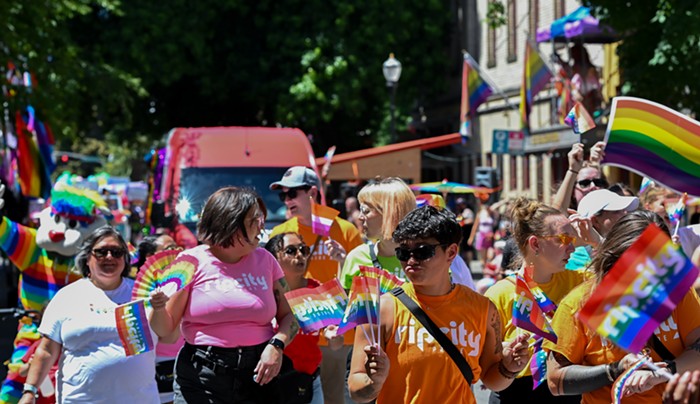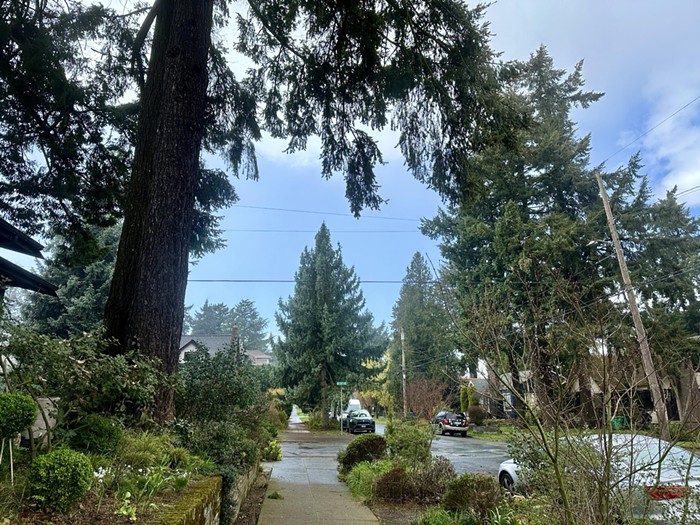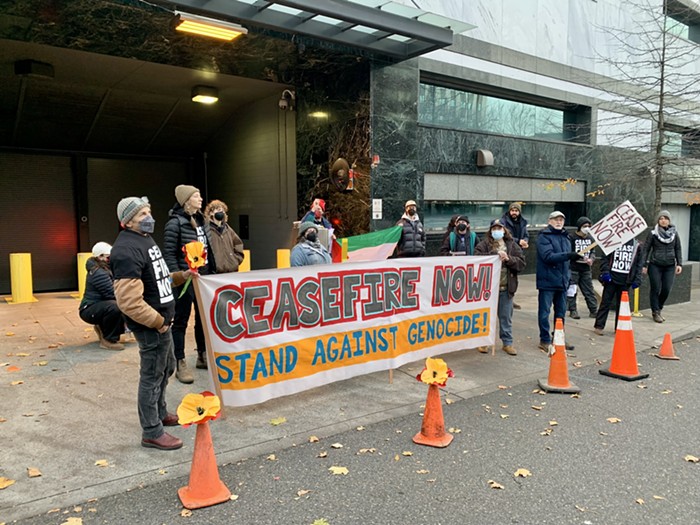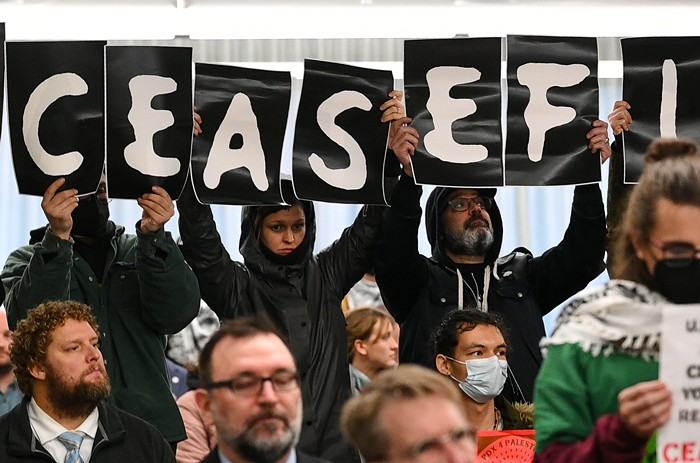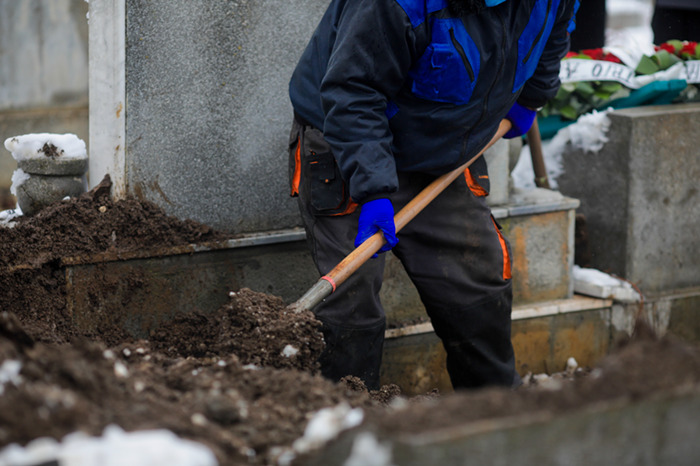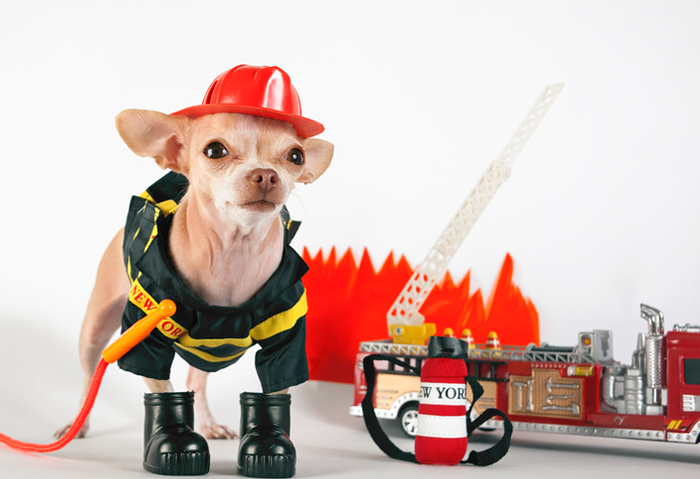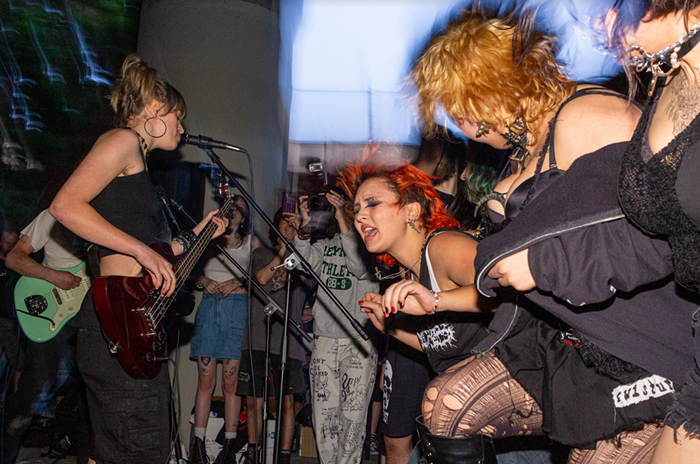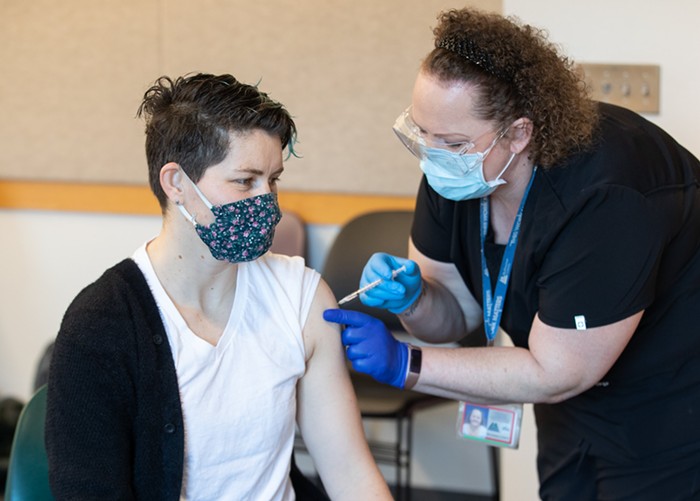We need your help. The economic fallout of the coronavirus crisis is threatening our ability to keep producing the quality reporting you've come to love. If you’re able, please consider donating to the Mercury.

Good morning, Portland!
It’s another Monday after a night of protests riddled with police violence in Portland, and boy, is that starting to get old. By now, I’m sure you’ve gotten concerned texts from out-of-state family and friends asking “What the hell is going on in Portland?” Let’s help answer that question by getting you up to speed on the past weekend of demonstrations:
Last week, the secretary of the Department of Homeland Security (DHS) declared that Portland is “under siege.” He’s not wrong. What he gets incorrect, however, is that this city is besieged by a series of law enforcement agencies, including his own federal police officers, not “violent anarchists.” Over the weekend, officers with the Portland Police Bureau and federal agencies sent countless Portlanders to the hospital with swollen eyes, shattered bones, burning flesh, broken ribs, and a lifetime of trauma for showing up to defend Black lives from police violence.
Friday night saw federal and local police working together to aggressively push Portlanders out of downtown Portland. Portland police conveniently arrested folks under federal officers’ thick clouds of tear gas—a weapon that Portland officers are legally limited from using.
These are PPB. pic.twitter.com/yfFjfwUhqH
— Alex Zielinski (@alex_zee) July 18, 2020
Portland officers also spent the evening charging at groups of non-violent protesters who continued to demonstrate after police essentially announced downtown Portland “closed.” Here’s what that looked like:
Portland Police bull rush, trample people in the street. pic.twitter.com/iq3PJ2Ff1k
— Alex Zielinski (@alex_zee) July 18, 2020
While federal police pummeled Portlanders, Oregon Attorney General Ellen Rosenblum filed a civil rights lawsuit against several federal agencies for their documented “snatching” of people off the street in unmarked cars without probable cause. Rosenblum also announced an investigation into the officer who shot a “less-lethal” munition into the face of a non-violent protester last weekend. That protester, Donavan LaBella, remains in the hospital.
On Saturday afternoon, City Commissioner Jo Ann Hardesty decried the violence and demanded Mayor Ted Wheeler cede his role as the city’s police commissioner—and hand it over to her.
That evening, two separate demonstrations split Portland police and federal officers—with local cops responding to a rally outside their union headquarters and the feds in downtown, guarding another building they care deeply about. Both law enforcement agencies indiscriminately used force against members of the public, regardless if they had committed a crime or not. Several protesters broke into the police union building and lit a fire—which was extinguished before spreading. Portland officers shot tear gas into the crowd gathered before the union building, and threw many to the ground—including the Mercury’s own Blair Stenvick—while they were trying to leave the area. Blair was yelling at police that they were a member of the press when police shoved them.
Meanwhile, federal officers used tear gas, impact munitions, and batons to harm the hundreds of protesters who gathered in downtown Portland. Here’s one particularly memorable video taken by Portland Tribune reporter Zane Sparling of a man standing his ground while being relentlessly beaten by police:
Federal police strike protester with baton, use pepper spray and tear gas outside courthouse in Portland pic.twitter.com/VX2xTVaaYq
— Zane Sparling (@PDXzane) July 19, 2020
Sparling later interviewed this man, a Navy veteran who had come out to ask the feds why they were treating civilians like enemies on a battlefield.
On Sunday afternoon, leaders of the Portland Police Association (the PPB union) spoke outside their boarded-up headquarters, demanding a “moratorium” to the protests and asking demonstrators to have a conversation with them instead. This press conference was interrupted by a Black woman who said she and her 8-year-old son had been repeatedly tear gassed from inside their home during the rally outside of the union hall. Officers brushed off her concerns, and asked her to "calm down."
Sunday night saw more of the same: Federal officers were met by a “wall of moms”—a long line of white mothers linking arms at the front lines in front of the federal courthouse without any protective gear. They did the can-can and chanted: “Moms are here! Feds stay clear!” And yet, they were met with a barrage of tear gas and rubber bullets.
Big fed response. Gas in the air. pic.twitter.com/WtnjDWKt1I
— Wm. Steven Humphrey (@WmSteveHumphrey) July 20, 2020
The evening (morning?) ended with several independent journalists injured and sent to the hospital—along with a litany of other protesters.
So last night/ early this morning federal officers shot @DonovanFarley, and a photographer who works with legal observers from @NLG_Portland, and a freelance journalist from San Francisco. https://t.co/FeD28uOTIc
— Jake “wear a mask” Johnson (@FancyJenkins) July 20, 2020
As federal presence in Portland draws local and national ire, the protests have grown in size and diversity of participants. Over the weekend, police tear gassed Multnomah County Commissioner Sharon Meieran and mayoral candidate Sarah Iannarone. If anything, the federal agent’s response has only reinvigorated this local movement.
Stay tuned as we at the Merc continue to cover the ins and outs of nightly protests, and get you caught up on their historical, political, and legislative context surrounding them. In the words of Portland's imitable demonstrators: "Stay together, stay tight, we do this every night."
BONUS:
I was interviewed by CNN Saturday! Watch me try not to laugh as the host asks me about “snatch squads”:
Images of men in camouflage in mini vans snatching people off the street in #PortlandProtests creating anger from protesters and State leaders who say the Federal Agents are making things worse. We speak with @alex_zee News editor, @portlandmercury pic.twitter.com/lTgeZJ3pUO
— Michael Holmes (@holmescnn) July 19, 2020


